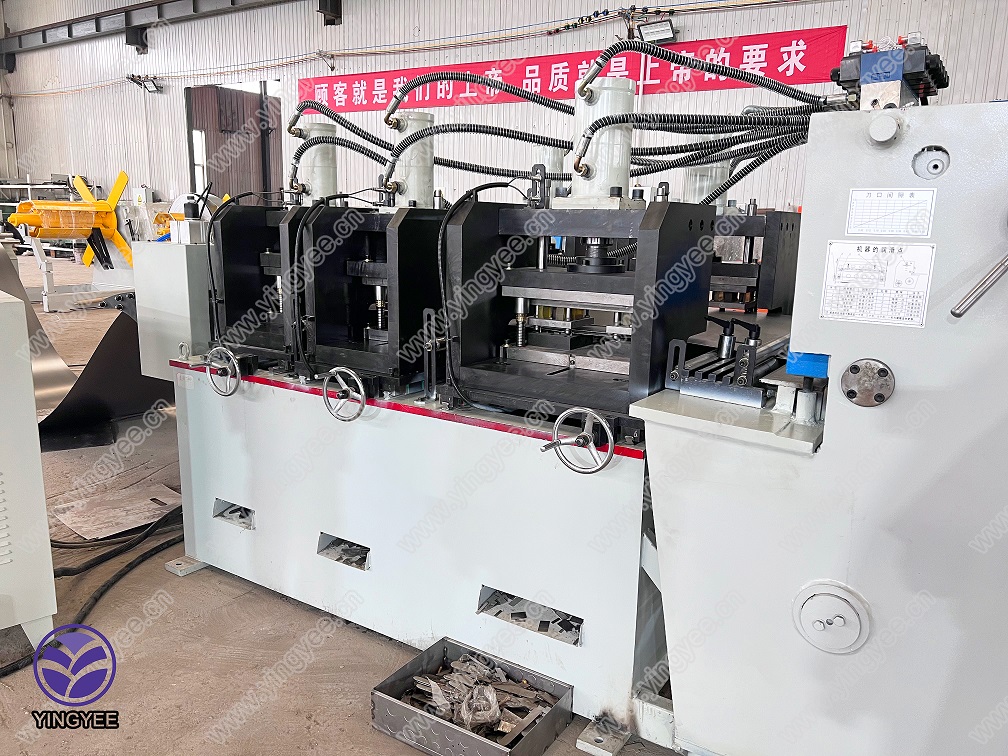
The Evolution and Importance of Noise Barrier Cold Bending Machines
In many urban environments, noise pollution has become a significant concern for residents. As cities grow and development expands, the need for effective soundproofing solutions has increased. One of the innovative technologies that have emerged in response to these challenges is the noise barrier cold bending machine. This machinery plays a vital role in the construction of sound barriers, offering both efficiency and precision.
Understanding Cold Bending Technology
Cold bending refers to the process of shaping materials, usually metals, at room temperature, allowing for the creation of specific forms without losing the material's structural integrity. This is in contrast to hot bending, which requires heating the material. The noise barrier cold bending machine uniquely takes advantage of this process to form panels used in sound barriers.
The machine operates by feeding metal sheets into the bending apparatus, which utilizes rollers or dies to shape the sheets into the desired profiles. By using cold bending technology, manufacturers can produce noise barrier panels that are not only strong and durable but also have aesthetically pleasing designs. This ability to craft visually appealing barriers is crucial in urban settings where aesthetics must be considered alongside functionality.
Importance of Noise Barriers
Noise barriers serve to block and absorb sound, particularly in locations near busy roads, highways, or industrial areas. The primary function of these barriers is to protect residential areas from excessive noise, which can lead to a range of health problems, including stress, anxiety, and sleep disturbances. The installation of effective noise barriers can significantly enhance the quality of life for those living in proximity to high-noise environments.

The effectiveness of a noise barrier largely depends on its height, length, and the material used. Cold bent panels produced by dedicated machines are often made from materials like steel or aluminum, which provide robust performance in terms of sound insulation. With cold bending technology, the precision in angles and shapes ensures that these barriers can be tailored to fit specific site requirements, maximizing their noise-dampening capabilities.
Advancements in Manufacturing
The development of noise barrier cold bending machines has led to advancements in manufacturing efficiency. Traditionally, the production of noise barriers could be labor-intensive and time-consuming. However, automation and sophisticated control systems in modern cold bending machines have expedited the process. This technology not only reduces production time but also minimizes waste, making it a more sustainable option for manufacturers.
Moreover, the integration of computer numerical control (CNC) in these machines allows for high precision in bending operations. Manufacturers can input design specifications directly into the machine, which then produces panels with exact dimensions and shapes, ensuring consistency and reducing the likelihood of errors.
Conclusion
As the demand for noise mitigation solutions continues to grow, the importance of noise barrier cold bending machines cannot be overstated. These machines provide a vital service in the construction of effective sound barriers, merging technology with practicality. By leveraging cold bending methods, manufacturers can produce high-quality panels that enhance urban living conditions while maintaining aesthetic value. The evolution of this technology marks a significant step forward in addressing the challenges posed by noise pollution in a rapidly urbanizing world. As cities continue to grow, the role of such machinery will become increasingly central to urban planning and environmental health initiatives.